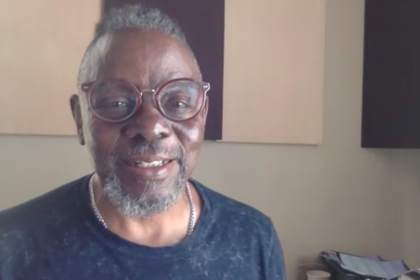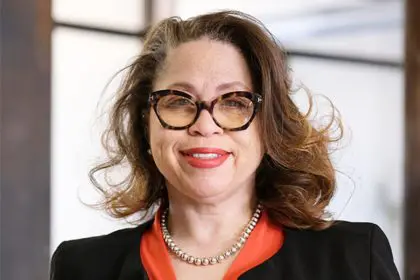In an economy marked by rising living costs, many Black Americans are struggling to save, a challenge worsened by the pandemic, which deepened the already stark racial wealth gap. With savings dwindling and expenses soaring, a growing trend known as “spacing” — spending in the name of saving through deals and discounts—has gained traction. But as Black families face mounting financial pressures, experts question whether this strategy is truly helping or further complicating their financial health.
The economic reality for Black Americans
The pandemic hit Black households disproportionately hard, exacerbating financial inequalities that have existed for generations. According to 2020 Federal Reserve data, the average Black household has significantly less savings compared to white households, and that gap has widened. In 2019, Black families had a median wealth of $24,100 compared to $188,200 for white families. Since the pandemic, many Black Americans have burned through any savings they had and are now relying on debt to get by. This has left Black communities vulnerable to financial insecurity, with many unable to invest in wealth-building assets like homes or retirement accounts.
Shavon Roman, a personal finance expert, explained in Essence that practices like spaving may seem like a way to stretch limited funds, but they often lead to unintended financial stress.
“I would think most of the population are probably spavers and don’t even realize it, especially now, because stuff is just really expensive,” she said. “To me, there’s this concept, almost just a judgmental view of what spaving is, in that it is voluntary. But for a lot of people, it’s not. Many have to move money over from their savings or even their retirement accounts to cover basic necessities.”
The spaving dilemma: A double-edged sword
Spaving — the practice of spending more money in order to save money — has gained popularity on social media platforms like TikTok, where users showcase how they buy items in bulk or take advantage of buy-one-get-one deals. While it seems like a smart move, for many, this behavior doesn’t necessarily lead to savings in the long run. Instead, it often results in spending money on items they might not need, further straining their already stretched budgets.
For Black Americans, whose average savings rates are already lower, spaving can be particularly harmful. A study by the Brookings Institution revealed that nearly 60 percent of Black households lack emergency savings, making them more reliant on credit cards or high-interest loans in times of need.
The impact of debt and the racial wealth gap
In the current economy, Black Americans face a two-fold challenge: rising living costs and a growing racial wealth gap. The average Black household holds significantly more debt than savings, with credit card debt becoming a common way to manage day-to-day expenses. This financial disparity leaves many Black Americans with few options for long-term financial security.
Roman emphasizes that reducing debt is essential to breaking the cycle of spaving and building wealth.
“The resolve for this climbing out of debt has to be something other than credit cards,” Roman stated in the interview.
Strategies for financial empowerment
To help Black households navigate the current economic climate, Roman suggests adopting a spending plan rather than a strict budget. This allows for a more flexible approach to managing money while staying informed about financial choices.
“I don’t like the term budget because it seems really restrictive,” the financial expert continued. “I help my clients create a spending plan to have line of sight of what they actually spend and what they can afford to spend.”
She also recommends cutting back on impulsive spending by unsubscribing from promotional emails and avoiding social media ads, which can tempt people into unnecessary purchases. Focusing on needs rather than wants can help Black and Brown Americans stabilize their finances and begin to build the savings.
Loosening the spaving grip
As inflation continues to rise and the racial wealth gap widens, the practice of spaving may feel like a temporary solution, but for many Black Americans, it risks deepening financial insecurity. Breaking free from this cycle requires practical steps like reducing debt, creating a personalized spending plan and focusing on long-term financial goals. By doing so, Black households can begin to take control of their finances and work toward closing the racial wealth gap that has persisted for far too long.

















